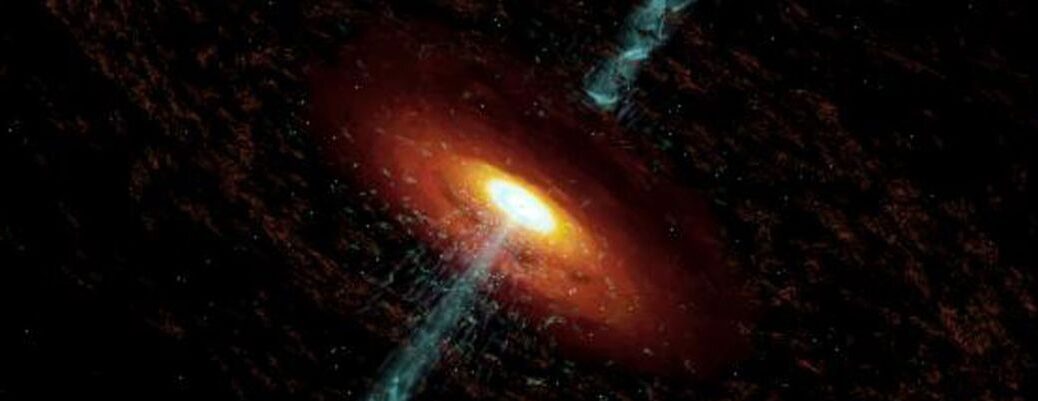I was reading this article on the behavior of neutron stars and black holes being very similar with regard to accretion. This reminded me of a hypothesis I’ve had for a very long time. I will state it below.
Hypothesis
My hypothesis is that the compact object at the interior of the black hole is the same stuff as a high mass neutron star, whether you call that a quark star or whatever. The only difference is that the event horizon grows to engulf the entire object. This hypothesis may also exclude the existence of a singularity, although I’m not confident about that, as I will also explain.
Neutron Stars Grow Into Black Holes
When a neutron star accretes matter gradually, eventually there is enough mass to become a black hole. At that critical moment, is there a violent event? A non-violent event would suggest the interior of the black hole is unchanged from the neutron star that was its progenitor.
If the gradual accretion scenario is non-violent, it suggests there is no state change in the compact object itself. It is only the curvature of spacetime that changes, as the Swartzschild radius grows to engulf the entire object. A non-event suggests the nature of the compact object is unchanged. There is no release of energy.
Black Hole Singularity
The Swartzschild radius > 0 for a neutron star. Its interior within that radius already is subject to black hole spacetime curvatures without evidence of a singularity. Therefore, I disbelieve a singularity exists at all.
This also supports the idea that black holes and neutron stars are made of the same stuff. The growth of the Swartzschild radius is gradual with accretion. There isn’t a continuous series of violent events as the neutron star gains mass. Or is there? Maybe that explains the violent outbursts observed from neutron stars. This is known as a starquake. The neutron star compacting its material into a lower energy state. They think it is a surface phenomenon. I’m not so sure.
On the topic of a singularity, if the Swartzschild radius is already > 0, that means the innermost core of a neutron star is already a black hole. Is there any evidence of a singularity? What would such evidence look like to an outside observer? I read somewhere that the singularity is not necessarily a point in space, but can be thought of as a point in time. My mind struggles to imagine what that would mean. Given information cannot escape the event horizon except as Hawking radiation, we shouldn’t be able to observe any evidence of what is inside. Therefore, we cannot be certain.
Have I talked myself out of my hypothesis? No. If the final transition from neutron star to black hole is non-violent, I think it supports my claim. My hypothesis is also consistent with the current accepted explanation of starquake as a surface phenomenon. However, if a starquake results from gradual growth of the Swartzschild radius within a neutron star, I think that would falsify my claim. High energy events from the interior would suggest that there is a change in state of the stuff inside the neutron star.
